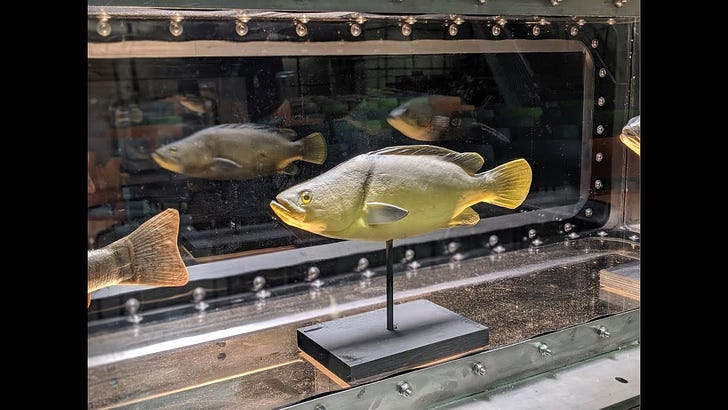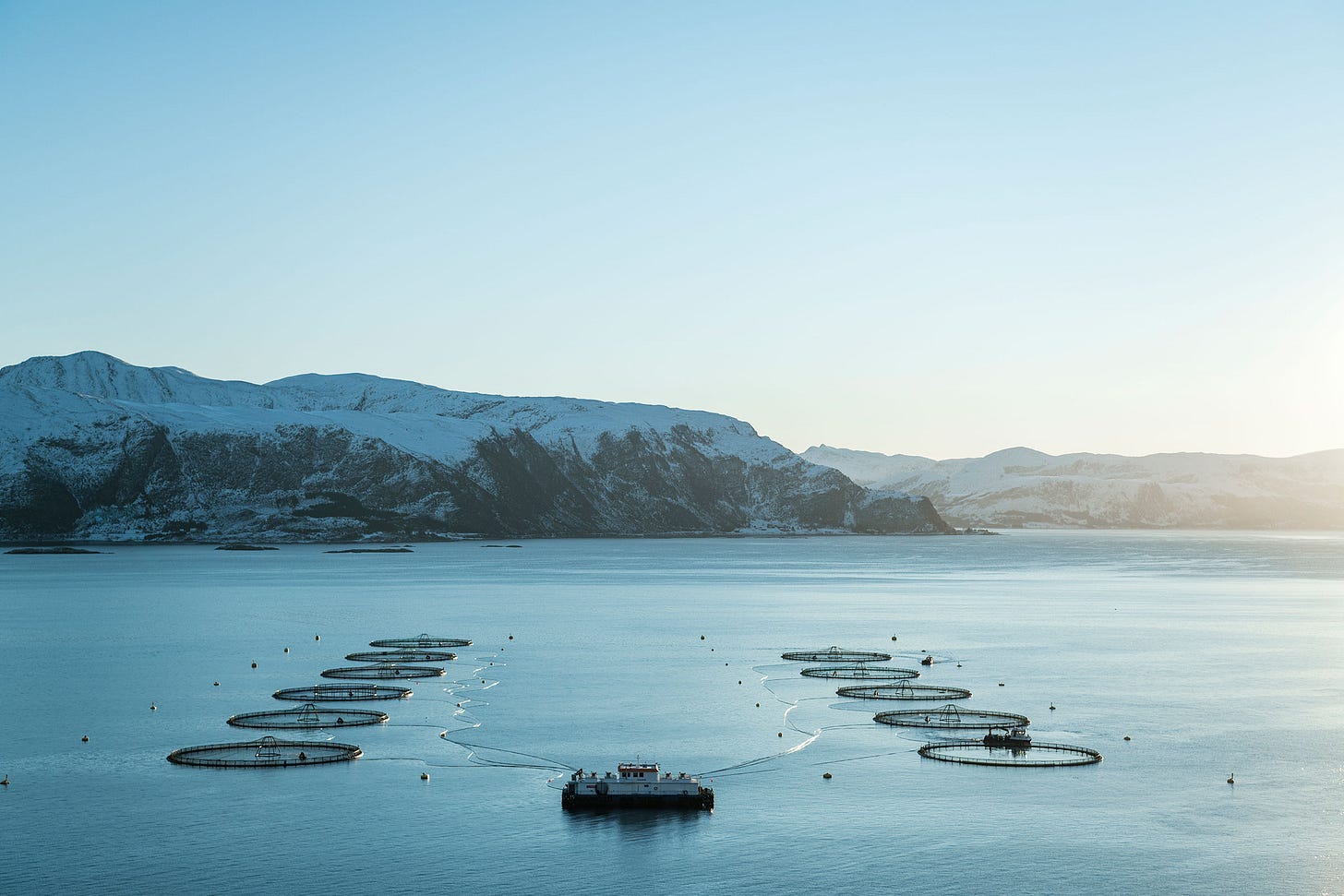Alphabet’s X (the so-called “Moonshot Factory”) is where ambition meets experimentation in bold, yes, good, ways. From Wi-Fi balloons to energy-harvesting kites, the thesis is to turn radical ideas into real-world solutions for pressing problems. It’s the birthplace of companies like Waymo, pioneering autonomous driving, and Niantic, which brought augmented reality into our daily lives through Pokémon GO. Now, there’s another emergent company: Tidal, a company using robotics and AI to help feed the world sustainably—starting with salmon.
Tidal’s journey began deep within the rugged fjords of Norway, where a small team of engineers have created a metal racetrack of salt water they called the “fish run.” From here as salmon swam in long circles, data was collected to serve as the groundwork for what would become a breakthrough AI-powered aquaculture system.
The team’s mission was clear: use cutting-edge technology to make aquaculture (the farming of fish and other sea-faring creatures) better. Better as in smarter, more efficient, and more sustainable. Aquaculture is a growing field when it comes to salmon. Through it nearly 70% of the salmon sold as food are grown. Seafood, in general, is considered a healthier and more sustainable protein compared to beef or pork. But there are challenges: rising ocean temperatures, fish disease outbreaks, and pollution from feed waste are threatening the industry’s growth.
Tidal, now based in Trondheim, Norway, was spun out from X in July 2024, ad is focused on meeting and beating these challenges head-on. Its underwater AI platform can estimate biomass, detect health issues like sea lice, and optimize feeding in real time—all with amazing precision. This isn’t manual tossing of food, or eyeballing a fish’s health. Tidal’s system processes millions of data points and videos, analyzing fish behavior, appetite, and health trends across cohorts and populations.
There are more than 700 Tidal systems installed globally and through them more than 50 MILLION fish are monitored. This is a fundamental reshaping of how fish can be farmed with massive upside. Fish Farmers using the system can fine-tune feeding strategies to reduce waste and environmental impact, detect and respond to health issues early, and accurately plan harvests for optimal yield.
But Tidal’s technology is on pace to impact other areas of the wonderfully named “blue economy.” The team has adapted their AI to map sea-grass beds in Indonesia, with the goal of understanding and protecting the ocean’s carbon sinks and also looks to facilitate infrastructure and oceanic transport by studying and simulating ocean currents and flows.
X is run by Astro Teller, a name to make Thomas Pynchon endlessly jealous, who says:
“In an industry where the largest environmental and economic cost is feed, Tidal empowers fish farmers around the world to make more sustainable decisions.”
Farmed salmon has always faced skepticism from consumers concerned about environmental degradation, overcrowding, and the overuse of antibiotics. Images of murky pens and reports of diseased fish have cast a shadow over the industry. Tidal is confronting these issues head-on via efficiencies and technology. Their real-time monitoring of fish health, improving feed efficiency, and minimizing waste, not only makes fish farming better, but it should restore trust in farmed seafood as a clean, sustainable choice.
From fish racetracks to transforming global aquaculture, Tidal’s story proves that moonshots can start with something as humble as a salmon—and still change the world.
Changing the world for the better? That’s good.






